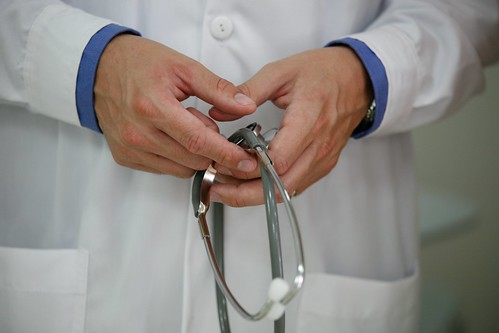Until this past week, the relationship of the Jews to medicine and of faith to healing were subjects of abiding intellectual and ethnographic curiosity but not much more.
Over the years, I had avidly read the work of my colleagues David Ruderman and John Efron on the history of Jewish doctoring both in the 16th century and at the dawn of the 20th.

I had also watched with growing fascination as synagogues of every denomination made more and more room in the Shabbat morning service for the collective recitation of a prayer for the sick, a practice that altered the rhythm and sensibility of the liturgy.
What’s more, a visit to Yeshiva University Museum’s brand new exhibition, Trail of the Magic Bullet: The Jewish Encounter with Modern Medicine, 1860-1960, was high on my summer ‘to do’ list. An inquiry into why so many Jews took up medicine, it features a wide array of medical paraphernalia, photographs and archival matter designed to provide the larger historical and cultural context for the Jewish presence in this most modern of professions.
When my husband took ill rather suddenly last weekend and was hospitalized, my professional interest turned, overnight, into something deeply and irrevocably personal. From the doctor in one hospital who told us categorically to stop davening (or dithering) over a pressing medical decision to the signage in another that highlights the Jesuit tradition of cura personalis or care of the whole person, the association between religion and medicine is no longer just an academic pursuit.

